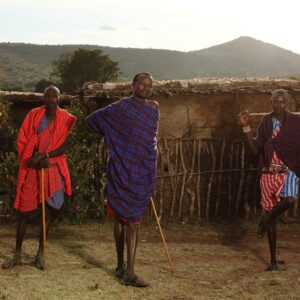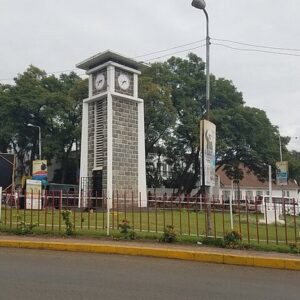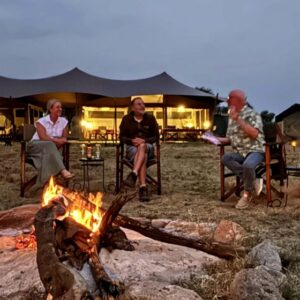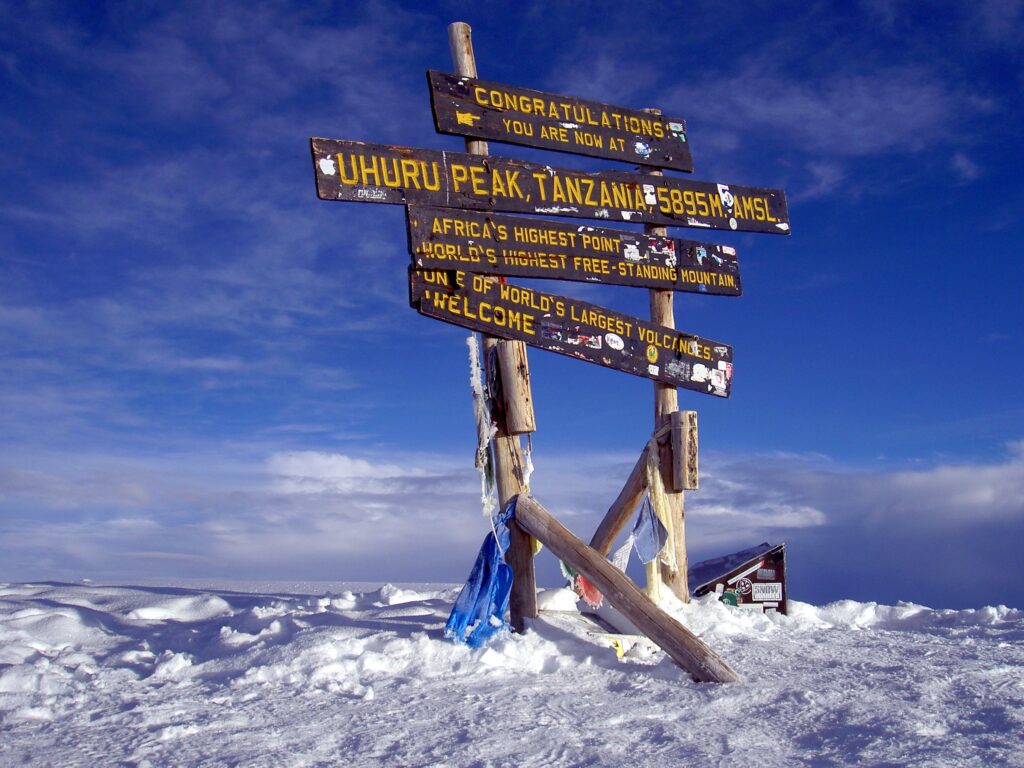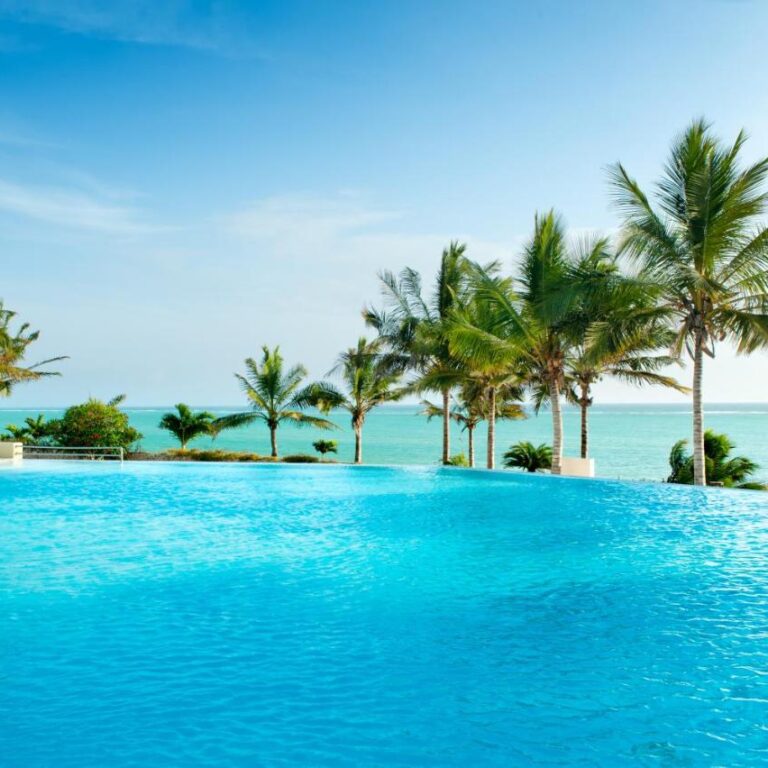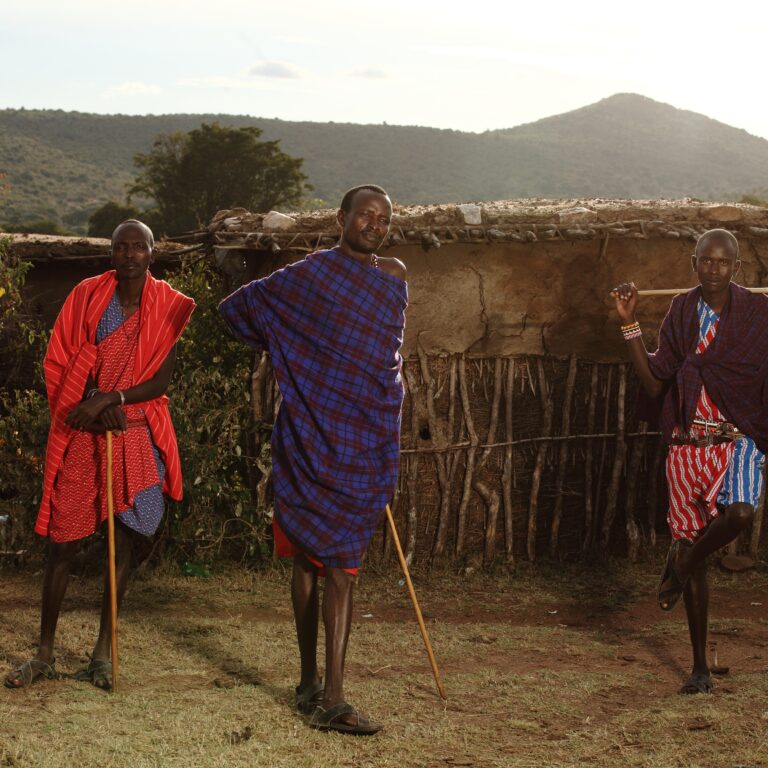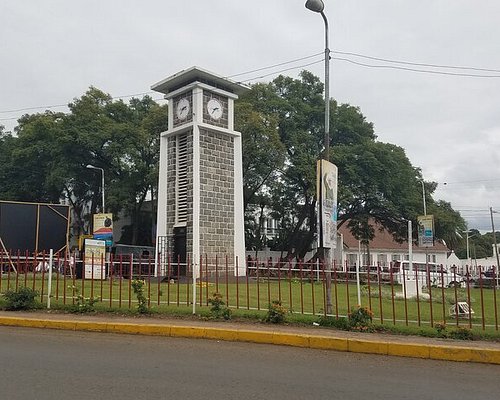Embarking on a Tanzania safari is a dream for many, and the cost can vary significantly depending on your travel style. This itinerary is designed to give you a taste of the ultimate safari experience, and the costs associated can be broken down into three main categories:
Budget Safari. Expect to pay around $1,400 to $2,500 per person for a 7-day tour. This often involves camping or staying in basic tented camps, with shared game drives and simple meals. It’s a fantastic option for those who want the incredible experience without the high price tag.
Mid-Range Safari. For a balance of comfort and adventure, a mid-range safari costs approximately $2,500 to $4,000 per person. This typically includes stays in comfortable lodges or permanent tented camps with en-suite bathrooms and more amenities.
Luxury Safari. If you want the very best, a luxury safari can range from $4,000 to over $10,000 per person, or even higher. This level of safari offers exclusive, 5-star lodges, private vehicles, gourmet meals, and personalized service.
These prices generally cover park fees, a professional guide and vehicle, accommodation, and all meals during the safari. However, they typically do not include international flights, visa fees, travel insurance, or tips for your guide and staff. Now, let’s dive into the day-by-day adventure.
Day 1: Arrival in Arusha
Your African adventure begins as you land at Kilimanjaro International Airport (JRO), the gateway to Tanzania’s northern safari circuit. The vibrant energy of Arusha. A city nestled at the base of Mount Meru, will greet you. A friendly driver will be waiting to transfer you to your accommodation. Where you can unwind and prepare for the safari of a lifetime. The evening is at your leisure to enjoy a welcome dinner and soak in the atmosphere, knowing that tomorrow, the real journey begins.
Day 2: Tarangire’s Elephant Kingdom
After breakfast, we set off for Tarangire National Park. This park is a striking landscape of baobab-studded savannas. Often referred to as the “home of the elephant.” Tarangire boasts one of the largest elephant populations in Tanzania, and it’s a breathtaking sight to see these magnificent creatures roam freely, often in massive herds. The park’s namesake, the Tarangire River, attracts a diverse array of wildlife during the dry season. From lions and leopards to giraffes and a phenomenal variety of birds. After a full day of game viewing, we’ll drive to the town of Karatu, a serene escape on the edge of the Ngorongoro Conservation Area, for your overnight stay.
Day 3: The Endless Plains of the Serengeti
Today, we journey to the legendary Serengeti National Park, a name that evokes images of untamed wilderness and the iconic Great Migration. The scenic drive takes us through the Ngorongoro Conservation Area. Offering spectacular views of the highlands. As we descend into the Serengeti, the endless plains unfold before your eyes, a sea of golden grass that stretches to the horizon. We’ll enjoy an en-route game drive, taking in the spectacle of gazelles, zebras, and wildebeest grazing. This is the land of the big cats, and your guide will be on the lookout for prides of lions, solitary cheetahs, and the elusive leopard. We’ll arrive at our camp or lodge in the heart of the park in time for dinner.
Day 4: A Full Day in the Serengeti
The day is yours to explore the vast and awe-inspiring Serengeti. With morning and afternoon game drives, you’ll have ample opportunity to witness the drama of the African bush. You might catch a thrilling hunt, see a family of hyenas at their den. Simply watch a tower of giraffes silhouetted against a setting sun. The Serengeti’s ecosystem is a delicate and fascinating balance of predator and prey, and every moment is a chance to witness nature at its most raw and beautiful. For a truly unforgettable experience. Consider adding an optional hot air balloon safari at dawn, offering a bird’s-eye view of the plains (additional cost applies).
Day 5: Ngorongoro Crater’s Natural Sanctuary
We depart the Serengeti for the Ngorongoro Conservation Area. Our destination is the magnificent Ngorongoro Crater, often called the “Eighth Wonder of the World.” This natural wonder is a massive volcanic caldera teeming with an incredible concentration of wildlife. We’ll descend to the crater floor for a 5-hour game drive, where you’ll have the chance to see the “Big Five” (lion, leopard, elephant, buffalo, and black rhino) in a single day. The diverse habitats on the crater floor, from grasslands to a salt lake, support a huge population of animals. After a full day of exploration, we’ll ascend the crater rim and head back to our accommodation in Karatu for the night.
Day 6: The Tree-Climbing Lions of Lake Manyara
Our final safari stop is Lake Manyara National Park. This park is famous for its unique tree-climbing lions, a rare behavior that is a true spectacle to witness. The park also features a stunning, shallow alkaline lake that is often home to vast flocks of flamingos. Creating a vibrant pink blanket on the water. Beyond the lions and flamingos, you’ll find elephants, baboons, and a diverse range of other animals in the park’s varied habitats. After a thrilling game drive. We’ll begin our journey back to Arusha, a chance to reflect on the incredible sights and sounds of the past few days. You’ll enjoy a final farewell dinner and a last night in Tanzania.
Day 7: Departure
After breakfast, your guide will transfer you to Kilimanjaro International Airport (JRO) for your international flight home. You’ll leave with a camera full of photos and a heart full of memories, forever changed by the magic of the Tanzanian wilderness.
Top places to go for a one-week Tanzania Safari itinerary
A popular 7-day Tanzania safari itinerary includes the Northern Circuit parks: Tarangire, Serengeti, and Ngorongoro. Often starting and ending in Arusha. A typical day-by-day plan involves arriving in Arusha, driving to Tarangire, then to Serengeti, before a final day in the Ngorongoro Crater, and returning to Arusha. Costs vary significantly by style, from approximately $1,250 to $4,500+ per person, covering budget camping to luxury lodges.
Tips for Your Ultimate one-week Tanzania Safari itinerary Guide
- Book in Advance. Secure your safari package and accommodation, especially during peak season.
- Choose the Right Season. The dry season (June-October) is best for wildlife viewing and the Great Migration.
- Consider a Combo with Zanzibar. Extend your trip to include relaxation on the beautiful island beaches.
- Research Operators. Get quotes from several tour operators to compare options and find the best fit for your budget and preferences.
Tanzania is a land of unparalleled natural beauty, where the iconic Serengeti, the Ngorongoro Crater, and Mount Kilimanjaro promise an unforgettable adventure. Whether you’re planning a family-friendly vacation, a romantic honeymoon, or a private tailor-made luxury safari, this one-week Tanzania safari itinerary offers the perfect blend of wildlife, comfort, and cultural immersion. This is your ultimate guide to an all-inclusive safari vacation, complete with real reviews, stunning photos, and the best vacation packages.
Safari Costs & Budgeting
Budget approximately US$2550 – US$2,6500 per person.
Mid-Range US$3,500 – 49,00 per person.
Luxury Roughly: 6,990 – US$9,500+ per person.
Cost Breakdown
Accommodation and Park Fees. These are significant components, making up about 60% of a private safari cost.
Vehicle, Guide, and Fuel. These are daily operating costs for a private safari.
Optional Activities. A hot air balloon safari, for example, can add around US$550 per person.
Tipping. Budget US$35-US$60 per safari crew member, per day.
Are there family-friendly one-week Tanzania safaris?
Yes, you can arrange family-friendly one-week Tanzania safaris, with many tour operators and lodges specializing in family travel and accommodating children of various ages. To ensure a smooth trip, look for operators offering kid-friendly accommodations, shorter game drives, child-focused activities, and the flexibility to customize itineraries. It’s crucial to choose a lodge and operator that caters to children, as not all accommodations are suitable for families, and many have age restrictions.
Best Time for a One-Week Tanzania Safari
The best time for a one-week Tanzania safari is during the dry season from June to October, especially for the Great Wildebeest Migration in the Serengeti, but December to March also offers excellent wildlife viewing and baby animal sightings, particularly for wildebeest calving in the Southern Serengeti. While the dry season boasts the most comfortable weather, fewer crowds, and prime wildlife viewing, the rainy (green) season from March to May provides a more adventurous experience with lush landscapes, exceptional birdlife, and lower costs.
What wildlife can I expect on a one-week Tanzania safari?
On a one-week Tanzania safari, you can expect to see the Big Five (lion, elephant, leopard, buffalo, and rhino). Wildebeest, zebras, giraffes, cheetahs, hippos, and numerous species of antelope and birds, especially if visiting Serengeti National Park and the Ngorongoro Crater. A one-week trip to the northern circuit is ideal for maximizing sightings of diverse wildlife. Including witnessing the Great Migration if timed for specific months.
What accommodations are available on a one-week Tanzania safari?
On a one-week Tanzania safari, available accommodations range from budget-friendly camping and mid-range lodges to luxury tented camps and ultra-luxury lodges. You can expect different amenities at each level, such as basic camping under the stars. Comfortable lodges with private rooms, or high-end accommodations with private pools and fine dining. The best choice depends on your budget, comfort preferences, and desired level of proximity to wildlife. With options available in and around popular parks like the Serengeti and Ngorongoro Crater.
Essential Tips for Planning a Week in Tanzania Safari
For a one-week Tanzania safari, choose the right time of year (June-October for dry season wildlife viewing). Pack neutral-colored, lightweight clothing, and bring essential gear like binoculars and a first-aid kit. Plan a flexible itinerary that balances wildlife viewing in parks like Tarangire. Serengeti and Ngorongoro with cultural experiences and local interactions, remembering to respect wildlife and learn basic Swahili phrases.
To book a one-week Tanzania safari, decide if you prefer a local tour operator, an international travel agent, or a hotel-provided package. For most travelers, a reputable local tour operator offers the best combination of value, comprehensive service, and local expertise, handling details like accommodation, park fees, and guides. To find a reliable operator, get quotes from several companies, compare their itineraries and prices, and then finalize your booking for a custom or package safari.
What to Pack for Your One-Week Tanzania Safari?
For a one-week Tanzania safari, pack neutral-colored, lightweight clothing like long-sleeved shirts, light pants, and a warm layer for cooler evenings, along with comfortable walking shoes. Don’t forget essentials like a daypack, insect repellent with DEET. High-SPF sunscreen, a refillable water bottle, a travel adapter (type D & G), a good quality camera, and binoculars. A soft-sided duffel bag is recommended over hard-shell suitcases.


